DRAWING THE LINE

Oxford University Press is a department of the University of Oxford. It furthers the Universitys objective of excellence in research, scholarship, and education by publishing worldwide. Oxford is a registered trade mark of Oxford University Press in the UK and certain other countries.
Published in the United States of America by Oxford University Press
198 Madison Avenue, New York, NY 10016, United States of America.
Oxford University Press 2022
All rights reserved. No part of this publication may be reproduced, stored in a retrieval system, or transmitted, in any form or by any means, without the prior permission in writing of Oxford University Press, or as expressly permitted by law, by license, or under terms agreed with the appropriate reproduction rights organization. Inquiries concerning reproduction outside the scope of the above should be sent to the Rights Department, Oxford University Press, at the address above.
You must not circulate this work in any other form and you must impose this same condition on any acquirer.
CIP data is on file at the Library of Congress
ISBN 978-0-19-753757-2
eISBN 978-0-19-753759-6
DOI: 10.1093/oso/9780197537572.001.0001
Art, like morality, consists of drawing the line somewhere.
G. K. Chesterton
Contents
The first time I taught my own course on the philosophy of art was in the spring of 2014 at Wellesley College. I had designed a unit on the ethical criticism of art, focusing on whether the moral flaws of artworks could also be aesthetic flaws. The very first question that came up in class was whether the immorality of the artist could affect the aesthetic quality of the work as wellIve been thinking about the moral lives of artists ever since. So, first and foremost, Id like to thank my students. Wellesley is a special place, and it has been a privilege and a pleasure to learn from the students here. Little about my philosophical writing would have been the same without them. I want to add a special shout-out to the students in my Calderwood Seminar in Public Writing who offered detailed feedback on the first two chapters of this book. You are models of how to boldly give and receive constructive criticism.
I benefited from the opportunity to present portions of this work to multiple audiences. Thanks are due to participants at the Dartmouth Workshop on Ethics and the Arts, the Bates College philosophy department, the Colgate University philosophy department, the Wellesley Club of Atlanta, and the Wellesley Club of the Pioneer Valley. Extra thanks to Kenny Walden, Paul Schofield, Anne Eaton, and James Harold. Thanks also to the Pennoni Honors College at Drexel University and the Barnes Foundation for inviting me to participate in the panel When Artists Behave Badly.
This work was supported in part by a summer fellowship from the Newhouse Center for the Humanities at Wellesley College. Thanks to the other fellows, and to all of my colleagues at Wellesley. Special thanks to my fellow Wellesley philosopher Julie Walsh, who was the first person to read a draft of the book from cover to cover.
I am tremendously grateful to my editor at Oxford University Press, Lucy Randall, who was the sine que non of this project. Thank you for providing supportive and incisive feedback, for answering my never-ending questions, and for suggesting that I write this book in the first place. It has been an absolute pleasure working with you. Thanks also to Hannah Doyle and everyone else at OUP who made this book possible.
I was in the middle of writing this book when the COVID-19 pandemic hit. Like many, we were without childcare for months, which made progress... challenging. So, the most effusive thanks to Sarah Matthes and Jesse Bradford for driving all the way from Texas to Massachusetts (sleeping in the back of their truck for safety) and staying with us for over a month to help keep the cabin fever at bay, entertain our kid, and give me a chance to keep writing. I think its the longest that my sister and I have been under the same roof since we were kidsit was an absolute blast. And thanks, Sarah, for your feedback on the manuscript, too! Similar thanks are owed to my amazing Mom, who also spent countless hours helping with childcare (after periods of two-week quarantine, of course). Thank you for uprooting your life to be closer to us; I love seeing you so often, and theres nothing your grandchild enjoys more than a visit to Grandmas! Thanks also to my Dad, who readers will have the pleasure of meeting briefly in the last chapter of this book. Dad, I miss you.
This book was nourished in important ways by our fantastic child: to quote one of our favorite childrens book authors, Kevin Henkes, you are an indescribable wonder. The person who puts up with the most, of course, is Jackie Hatala Matthes. Thank you for your support, your kindness, your love, your brilliance, your cooking, your silliness, and your pro-parenting, not to mention your feedback on this book. I love you.
Last but not least, thanks to Team Boo.
For most of my life, Ive thought of Love and Death as my favorite movie. Its a 1975 satire about Russian literature featuring humor that runs the gamut from highbrow referential comedy, to slapstick, to what could only be described as dad jokes. Its also full of explicitly philosophical discussions, so as a philosophy-minded adolescent who went on to become a philosophy professor, I was no doubt predisposed to like it. I dont think its a famous movie, exactly, so you may not be familiar with it. Love and Death stars, and is written and directed by, Woody Allen.
For me, Love and Death is what the kids these days call a problematic fave. Woody Allen has been accused of molesting his then-4-year-old adopted daughter, Dylan Farrow, and he ultimately married Soon-Yi Previn, the daughter of his erstwhile partner Mia Farrow, a relationship that officially began when Previn was an adult, but ostensibly started when she was younger and Allen was in a parental role. Whatever you think about the details of these allegations, Allen has developed a reputation for having a deeply unsavory moral character. I am disturbed and disgusted by Allen, but I love Love and Death (not to mention other classic Allen films such as Hannah and Her Sisters and Annie Hall). The juxtaposition of these beloved artworks with their unethical creator leaves me feeling confusion, nostalgia, anger, and betrayal. And Im not sure how to feel about any of that.
This book is an attempt to sort through those thoughts and feelings, using the tools that I know best: the tools of philosophy. While the details of this story may be unique to me, I imagine all of us have been affected in various ways by the revelation that artists whose work we love have done terrible things. What should we do, think, and feel in response to this knowledge? I cant promise a simple or straightforward answer to these questions. But I can offer arguments and reflections that I hope will allow you to arrive at your own conclusions about immoral artists and the roles they play in our lives. Reflecting on these questions has led me to certain positions that Im convinced by, but other issues are still vexing. Another of my goals in this book is to articulate why I think easy answers are elusive, to help you feel the force of the same tensions that I feel.

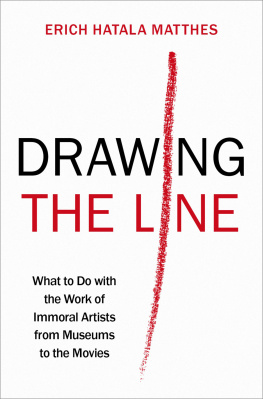

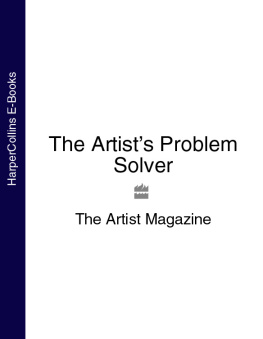

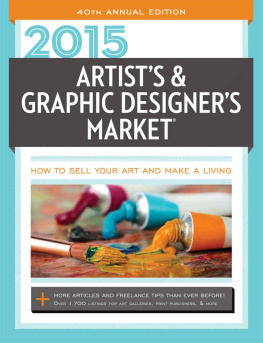
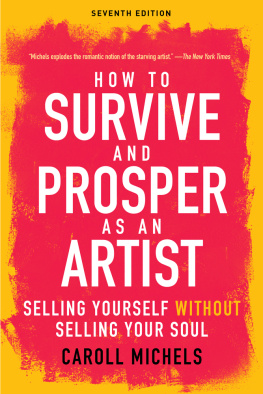
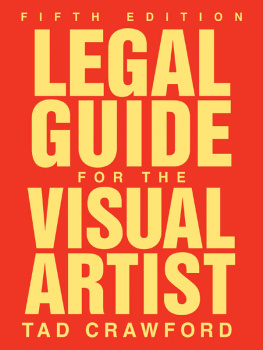

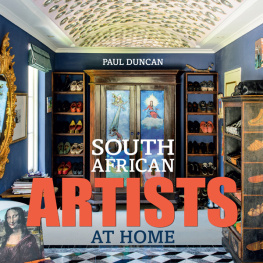
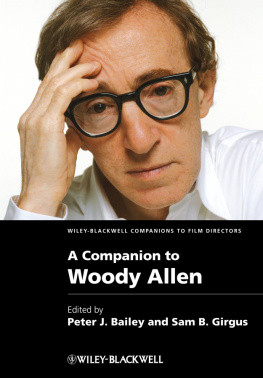
![Robertson Bruce - Lives of the artists: [masterpieces, messes (and what the neighbors thought)]](/uploads/posts/book/163588/thumbs/robertson-bruce-lives-of-the-artists.jpg)


